Concerns about the "sequelae" of war
Cluster munitions are projectiles that contain multiple submunitions, each with its own warhead. They were developed at the end of World War II and became popular during the Cold War. To distinguish them from cluster munitions, conventional bombs or shells are called unitary munitions.
The tactical benefits of this weapon are undeniable as it can create multiple explosions covering a larger area, and can be used to attack everything from armored vehicles, infantry, to logistics targets or air defense systems. However, the “kill rate” of cluster bombs is a problem that has caused more than 100 countries to sign a ban on the use of this weapon in modern warfare. For example, the M270 - an older rocket launcher system than the HIMARS, can fire a warhead containing 644 M77 grenades, but each shot leaves up to 4% (26 grenades) unexploded on the ground.
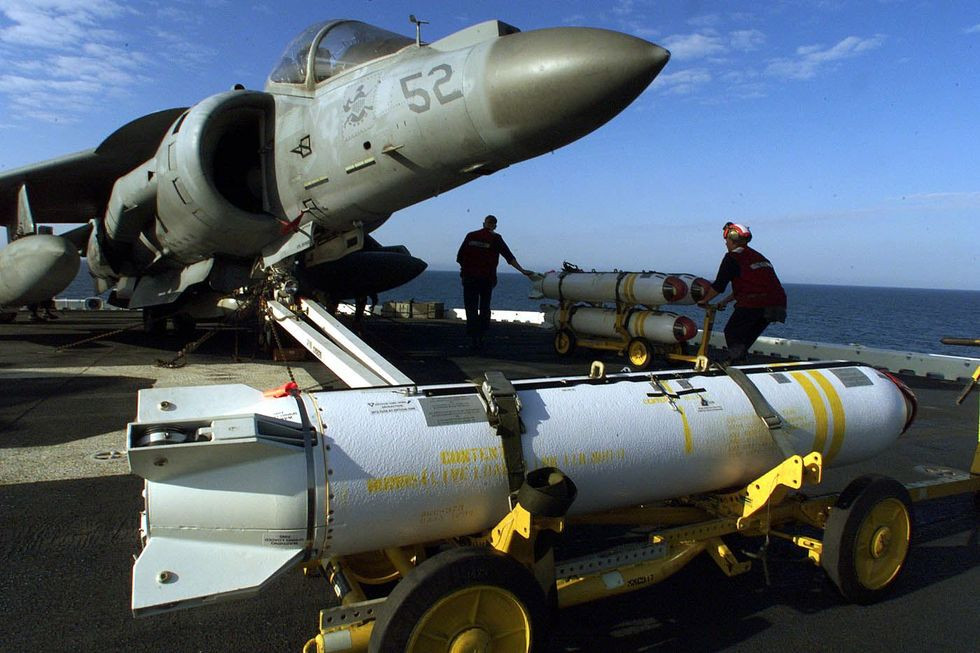
This rate creates a potential danger to civilians years after the war. The Convention on Cluster Munitions prohibits the “use, stockpiling, production and transfer” of these weapons. However, the United States, Russia and Ukraine are not signatories.
In March, Reuters revealed that Kiev had lobbied Washington for the transfer of Mk-20 (Rockeye) cluster bombs, a Vietnam-era weapon. Each Rockeye weighs more than 500 pounds and contains 247 bomblets, but is incompatible with Ukraine’s current aircraft. The military says it could disassemble the Rockeye warheads to use the bomblets as weapons for drones. Ukraine also wants 155mm DPICM artillery shells, containing 88 cluster bomblets, to destroy Russian armor.
Both Ukraine and Russia extensively use commercial quadcopter drones in combat, the common payload being the modified Vog-17 fragmentation grenade, which is effective against infantry.
Significantly improves drone's tank-killing capabilities
Meanwhile, Ukraine’s Aerorozvidka units use larger R18 drones to drop Soviet-made RTG-3 anti-tank grenades, which weigh about 3 pounds (~1.3 kg), or RPG warheads that are highly effective against armored vehicles. However, these warheads are too heavy for consumer drones. The four-rotor drones can only use “homemade” ammunition from the American M433 40mm grenade, also known as the “golden egg” because of its yellow-marked nose, or other makeshift grenades.
Additionally, drones in the Ukrainian battlefield are also equipped with improved grenades with new impact fuses and 3D-printed tail fins to allow them to fall straight, but this combination is often not powerful enough to disable tanks with thick armor, and the impact fuses are unreliable.
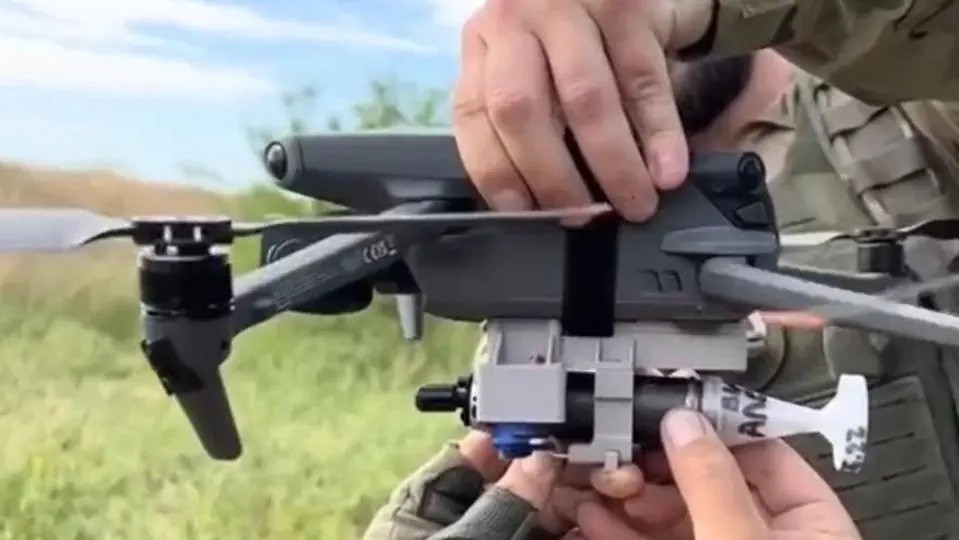
Ukrainian forces also use Soviet-era cluster bombs to arm drones. For example, the PTAB 2.5, which contains six small warheads, is equipped on “heavy” bomber drones or mounted on suicide drones.
Meanwhile, the 1.2-pound submunitions in the Rockeye bomb are sized to fit inside small drones. They are also designed to be dropped from the air, with aerodynamic fins, an impact fuse, and a warhead that can penetrate 10 inches of armor.
In the Iraq war, Rockeye bombs had a “dead bullet” rate of up to 30%, leaving thousands of dangerous unexploded bombs on the ground. The cause could be due to the terrain of the battle, when they fell on soft sand and did not have enough force to trigger the fuse.
The US has hundreds of millions of cluster bombs in its arsenal, and destroying them is a significant financial challenge. Sending aid to Ukraine would kill two birds with one stone, but it could also undermine Washington’s efforts to build coalitions and advance arms control agreements.
(According to PopMech, Forbes)
Source


![[Photo] Prime Minister Pham Minh Chinh receives President of Cuba's Latin American News Agency](/_next/image?url=https%3A%2F%2Fvphoto.vietnam.vn%2Fthumb%2F1200x675%2Fvietnam%2Fresource%2FIMAGE%2F2025%2F12%2F01%2F1764569497815_dsc-2890-jpg.webp&w=3840&q=75)





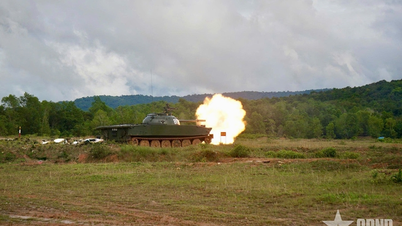



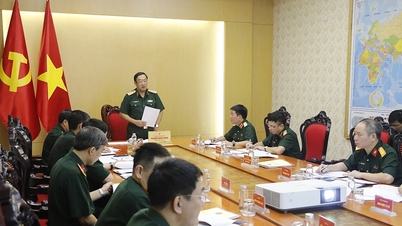

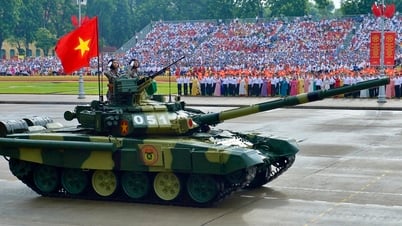

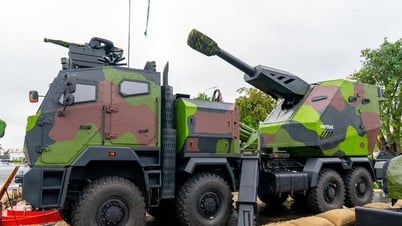











































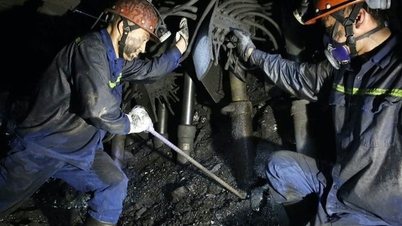







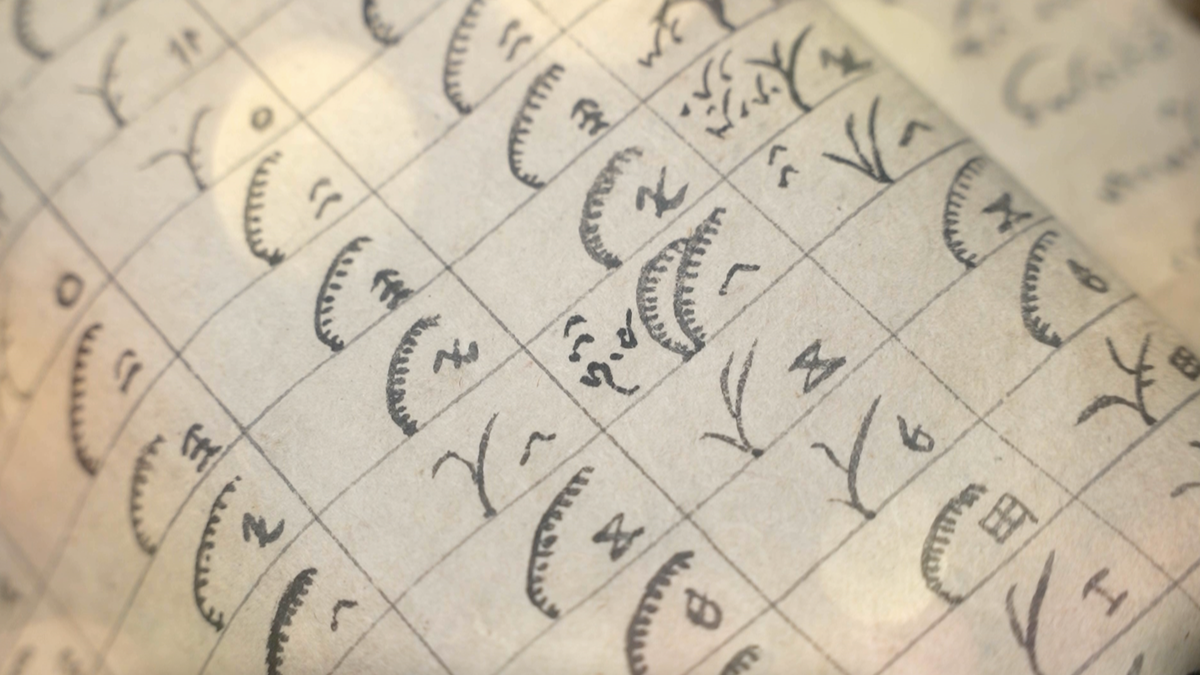






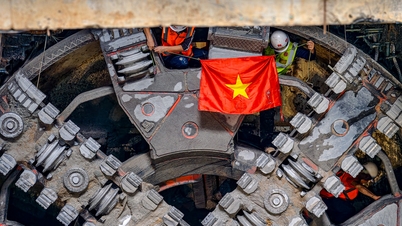


![[Photo] President Luong Cuong holds talks with Sultan of Brunei Darussalam Haji Hassanal Bolkiah](https://vphoto.vietnam.vn/thumb/402x226/vietnam/resource/IMAGE/2025/12/01/1764574719668_image.jpeg)
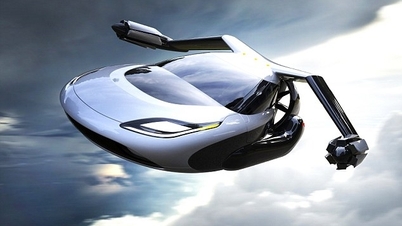


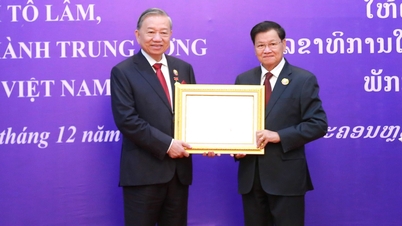



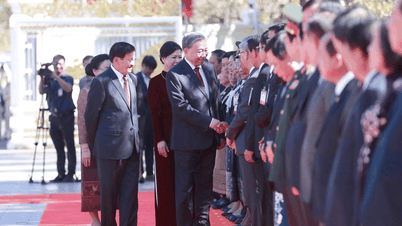
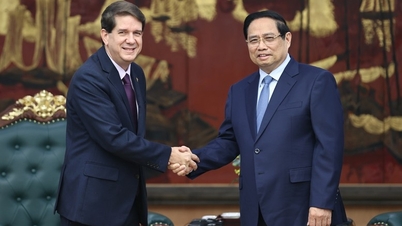

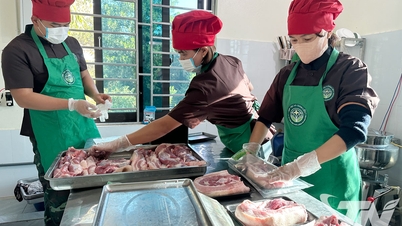

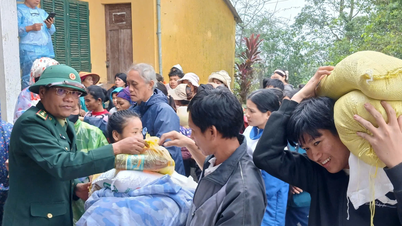



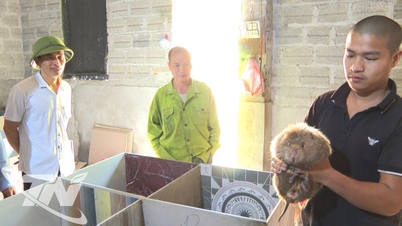


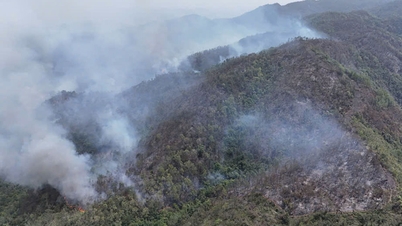














Comment (0)